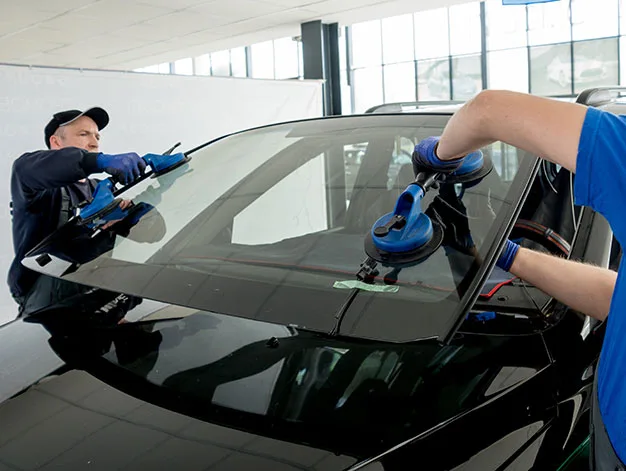The Cultural Significance of Decorative and Artistic Auto Glass in History
Auto glass: More than just a window, it's a work of art. Throughout history, it has evolved to reflect:
- Era-defining styles: 1920s luxury, Art Deco sleekness
- Technological advances: Tinted glass, electrochromic tech
- Personal expression: Custom designs that make a statement
Car culture is shaped by glass that wows. Keep an eye on future innovations!
Auto glass became decorative and artistic, not just useful. It evolved from a utility to a cultural symbol. It reflected status, tech progress, and societal trends. It did this from the 1920s opulence to modern innovations like electrochromic glass. Auto glass's impact on design, pop culture, and sustainability is shown in this blend. It mixes artistry and functionality.

From Utility to Artistry: The Evolution of Auto Glass
The journey of auto glass from mere utility to an artistic statement began in the early 20th century. It was initially designed for protection against the elements. But, auto glass quickly became a canvas for expression. The addition of colored and stained glass options was a turning point. It happened in luxury vehicles. They symbolized status and beauty.
The Roaring Twenties: A Decade of Decadence in Auto Glass Design
The 1920s, known as the Roaring Twenties, saw an ornate and decorative auto glass surge. Cars like the 1925 Rolls-Royce Phantom I were not just vehicles but moving pieces of art. The etched glass windows featuring intricate designs reflected the opulence of the era.
Art Deco Influence: Symmetry and Streamlined Design
Art Deco, a predominant style of the 1930s, heavily influenced auto-glass design. This era witnessed the introduction of streamlined shapes and symmetrical patterns in glasswork. Manufacturers like Chrysler and Bugatti used these elements. They made their cars symbols of modernity.
Post-War Era: Innovation and Expression
The post-World War II era brought about a revolution in auto-glass design. Technological advancements made curved and wraparound glass feasible. They offer broader visibility and a sleek look. The 1957 Cadillac Eldorado Brougham is a prime example. It had a panoramic windshield that mixed function with style.
The 1960s and 70s: Tinted Glass and Personalization
The advent of tinted glass in the 1960s offered privacy and a new dimension to car aesthetics. This era also saw the rise of personalization in auto glass. Consumers opted for custom etchings and tints. These reflected personal tastes and the culture of the time.
Modern Times: Technological Marvels and Artistic Mastery
Today, the realm of car glass encompasses both cutting-edge technology and artistic mastery. Innovations like electrochromic glass, which can change its tint with the touch of a button, coexist with bespoke artistic pieces in luxury vehicles. This fusion of technology and artistry continues to push the boundaries of automotive design.
Auto Glass in Pop Culture: More than Just a Car Part
Auto glass has also left a significant imprint on pop culture. Iconic movie cars have gull-wing doors and unique glasswork. They include the DeLorean from "Back to the Future." They have become cultural symbols, going beyond their role as cars.
Sustainability and Artistry: The Future of Auto Glass
The future of auto glass depends on a delicate balance. It's between sustainability and artistry. Innovations like solar-absorbing glass cut energy use. They also offer new ways to express beauty.
Conclusion: A Legacy of Elegance and Innovation
The cultural significance of decorative and artistic auto glass in history is undeniable. It was once a symbol of luxury and status. Now, it's an expression of personal style and tech innovation. Auto glass has mirrored society's changing tastes and trends.
